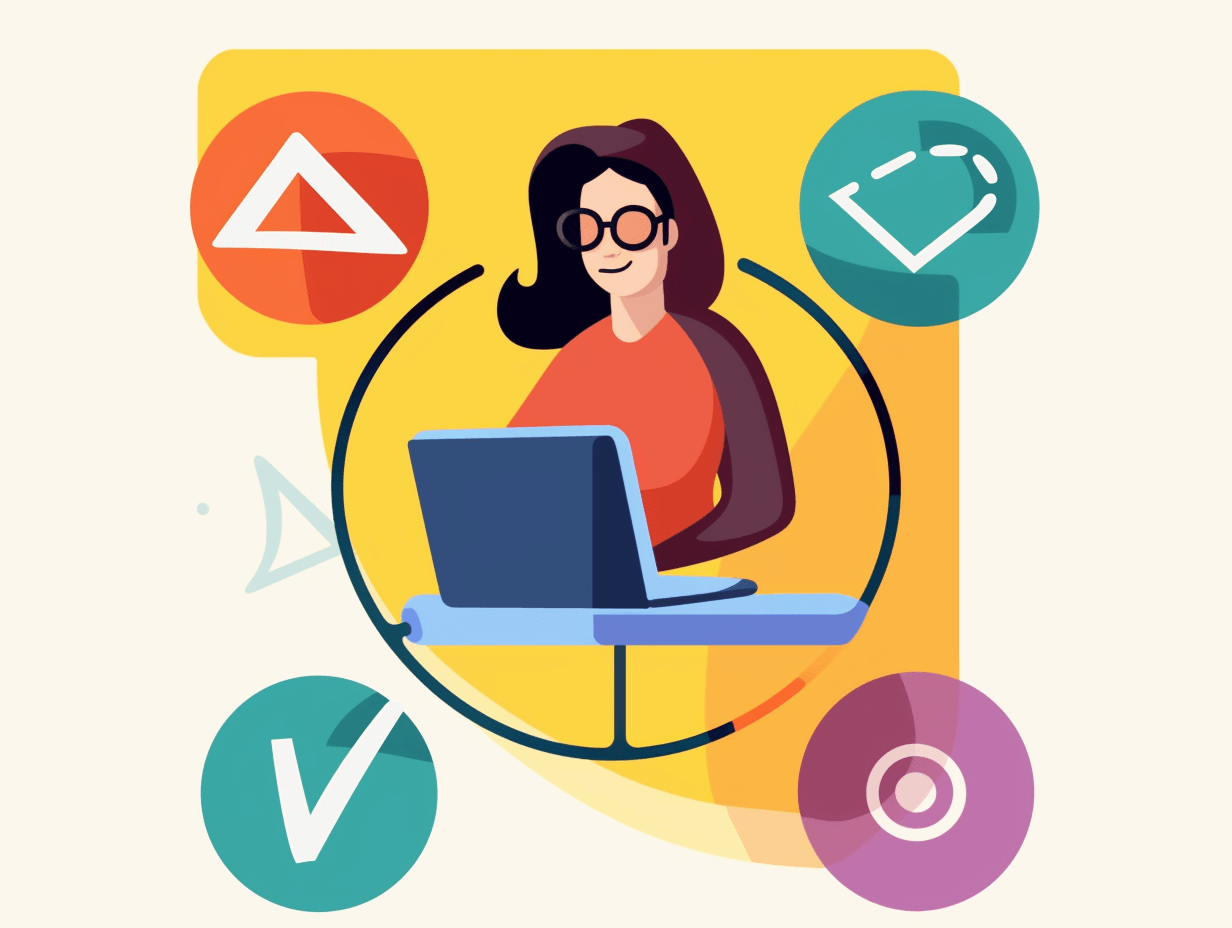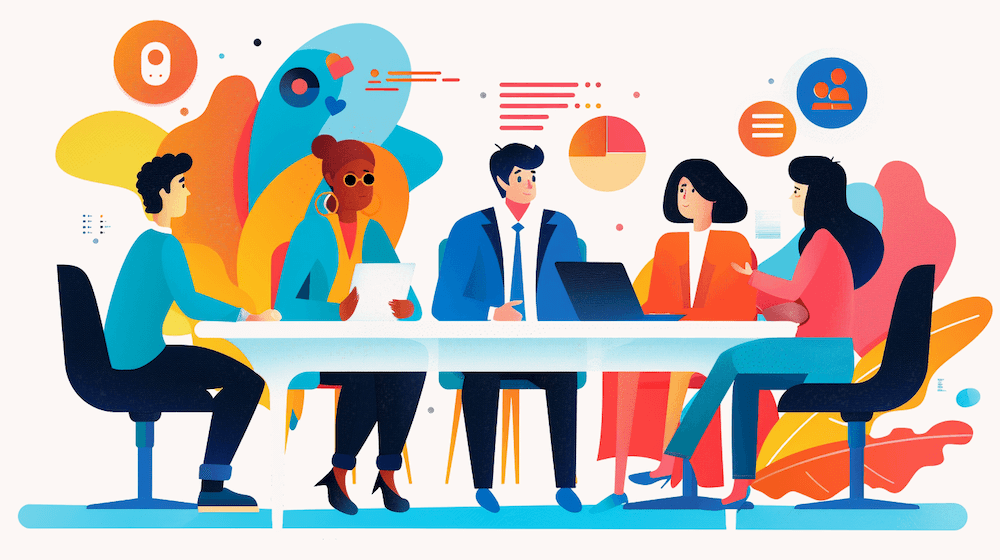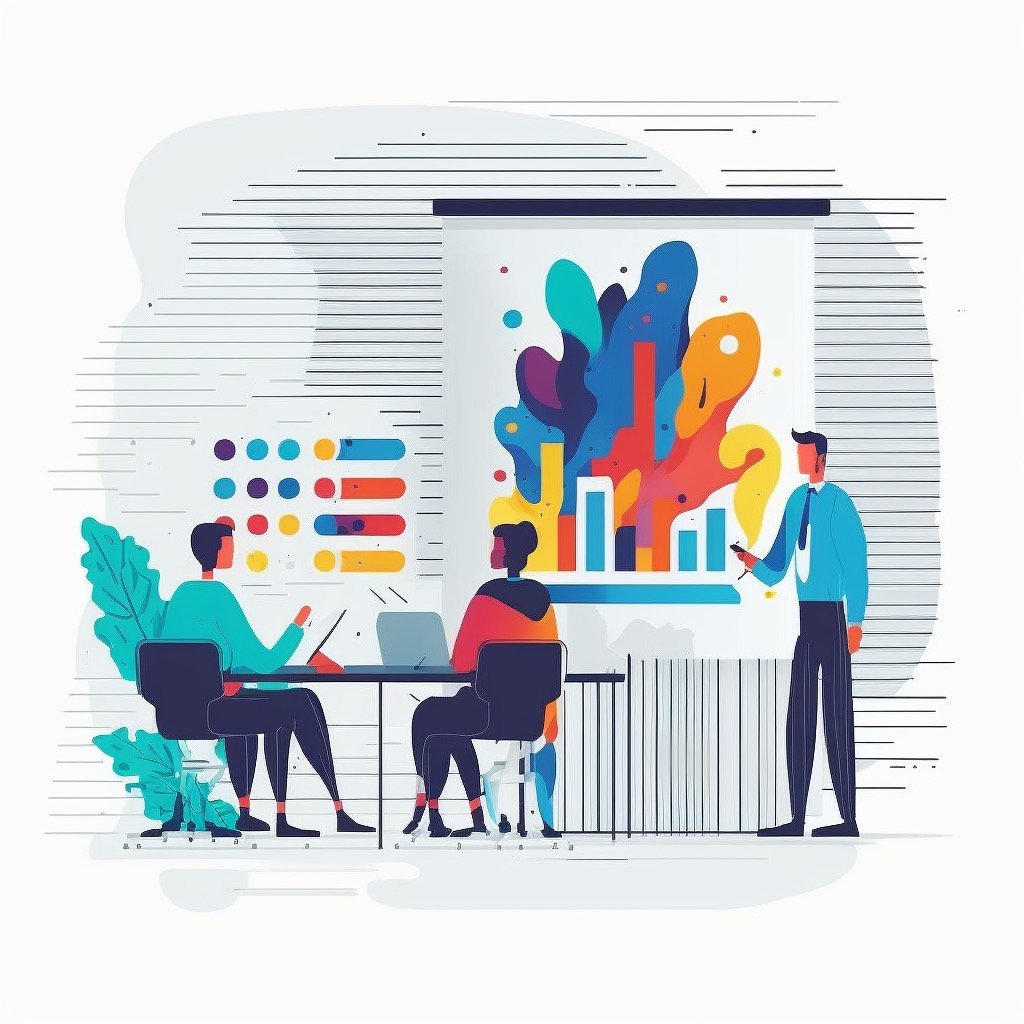The five moments of (learning) need
Whether you’re a working in HR, specialising in L&D or simply a people manager who needs their team to know the right stuff at the right time, you're always looking for ways to support your employees' growth and development.
One powerful framework that can help you deliver effective, timely learning is the 5 Moments of Need.
This concept, introduced by Conrad Gottfredson and Bob Mosher, focuses on providing the right learning resources at the exact moment your employees need them.
Click the image to expand or download.
Let's dive into each of these five moments, and explore how you can apply them in your organization.
1. New: learning something for the first time
When an employee is faced with a new task or responsibility, they need learning resources that help them understand the fundamentals. To support this moment, consider creating:
Quick-start guides or checklists that outline the key steps
Short, engaging videos that demonstrate the process
Hands-on practice opportunities with feedback
Actionable point: Identify the most common "new" situations your employees face and prioritize creating resources for those. Employee onboarding is a classic example of ‘new’ training!
One consideration of learning design in the ‘new’ moment is that people often have very little context for what they’re learning – for instance, they won’t yet understand any jargon or recognise the relevant scenarios that are being explained. So, you need to take extra care to pace and order the learning correctly, to help the learning stick.
2. More: Expanding on previous knowledge
As employees gain experience, they often need to build upon their existing knowledge. In this moment, provide resources that:
Dive deeper into the topic
Explore advanced techniques or best practices
Connect the learning to their previous experiences
Actionable point: Survey your employees to understand where they feel they need "more", and provide learning opportunities accordingly.
In this scenario, people have a higher baseline of basic knowledge, so they can more readily place what they’re learning ‘in context.’ For example, managers who are already managing teams might find it easier to apply ideas from management training, compared to people who haven’t had to manage anyone yet.
3. Apply: Applying learning to real-world situations
When employees need to apply their learning to actual job tasks, they benefit from resources that:
Provide step-by-step guidance
Offer troubleshooting tips
Include examples of successful application
Actionable point: Analyze common challenges employees face when applying learning and develop targeted resources to address them.
The apply moment is all about providing quick access, and resources that emphasise practice over theory. Often, people won’t bother (or ‘need!’) to learn about something until it ‘comes up’, then putting things into practice right away: a sort of ‘just-in-time learning.’ But even for those who have completed a lot of preparatory learning, being able to access refresher content and more ‘practical’ guidance when it’s time for action can be helpful in jogging the memory.
4. Solve: Overcoming obstacles and challenges
When employees encounter problems or roadblocks, they need resources that help them find solutions quickly. Consider providing:
FAQs or knowledge bases that address common issues
Decision trees or flowcharts to guide problem-solving
Access to subject matter experts for guidance
Actionable point: Encourage employees to share their problem-solving experiences and create resources based on their insights. When novel problems emerge (especially more than once) consider capturing their solution and documenting the profess for the future.
5. Change: Adapting to new processes or technologies
When your organization introduces new tools, processes, or strategies, employees need learning resources that help them navigate the change.
Provide:
Clear communication about the reasons for the change
Step-by-step guides for new processes
Opportunities for hands-on practice and feedback
Additional support for leaders who are managing the change
Actionable point: Involve employees in the change process and gather their input to create relevant, effective learning resources.
How does training fit within this model?
Live, expert-led training sessions can complement and enhance the learning experience, particularly in the "New" and "More" moments. They can provide a range of unique opportunities as your people develop their knowledge:
A structured learning environment
Opportunities for interaction and discussion
Facilitator-led demonstrations and examples
Explore advanced concepts and techniques
Provide opportunities for practice and role-playing
Facilitate peer learning
Training can also serve a powerful way to drive a cultural shift across the organisation – a major ‘Change moment’ – for instance by renewing your focus on inclusion, workplace wellbeing, or candid collaboration.
By understanding and applying the 5 Moments of Learning Need, you can ensure that your employees have access to the right learning resources when they need them most. This targeted approach not only supports individual growth but also contributes to overall organizational performance and success.






